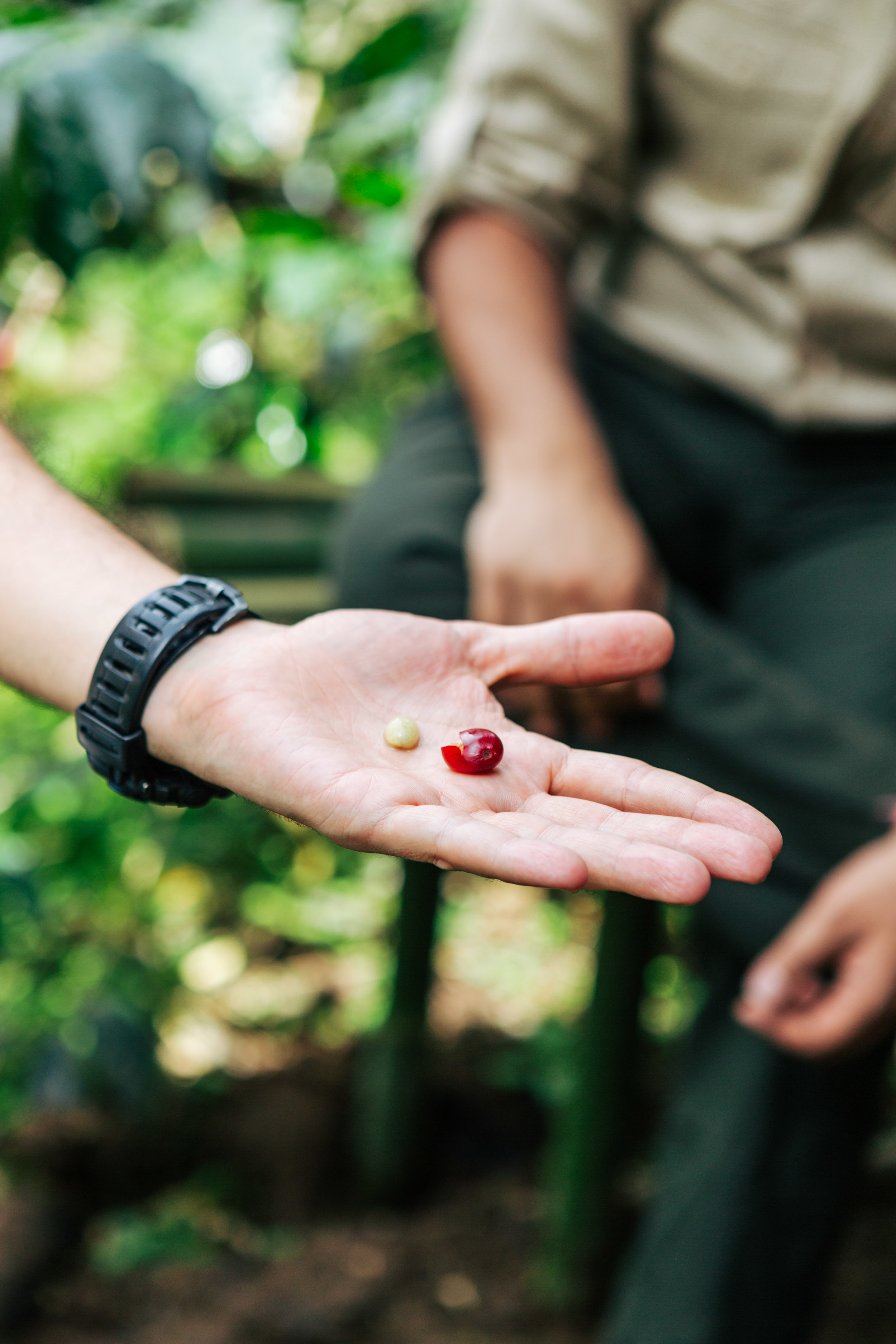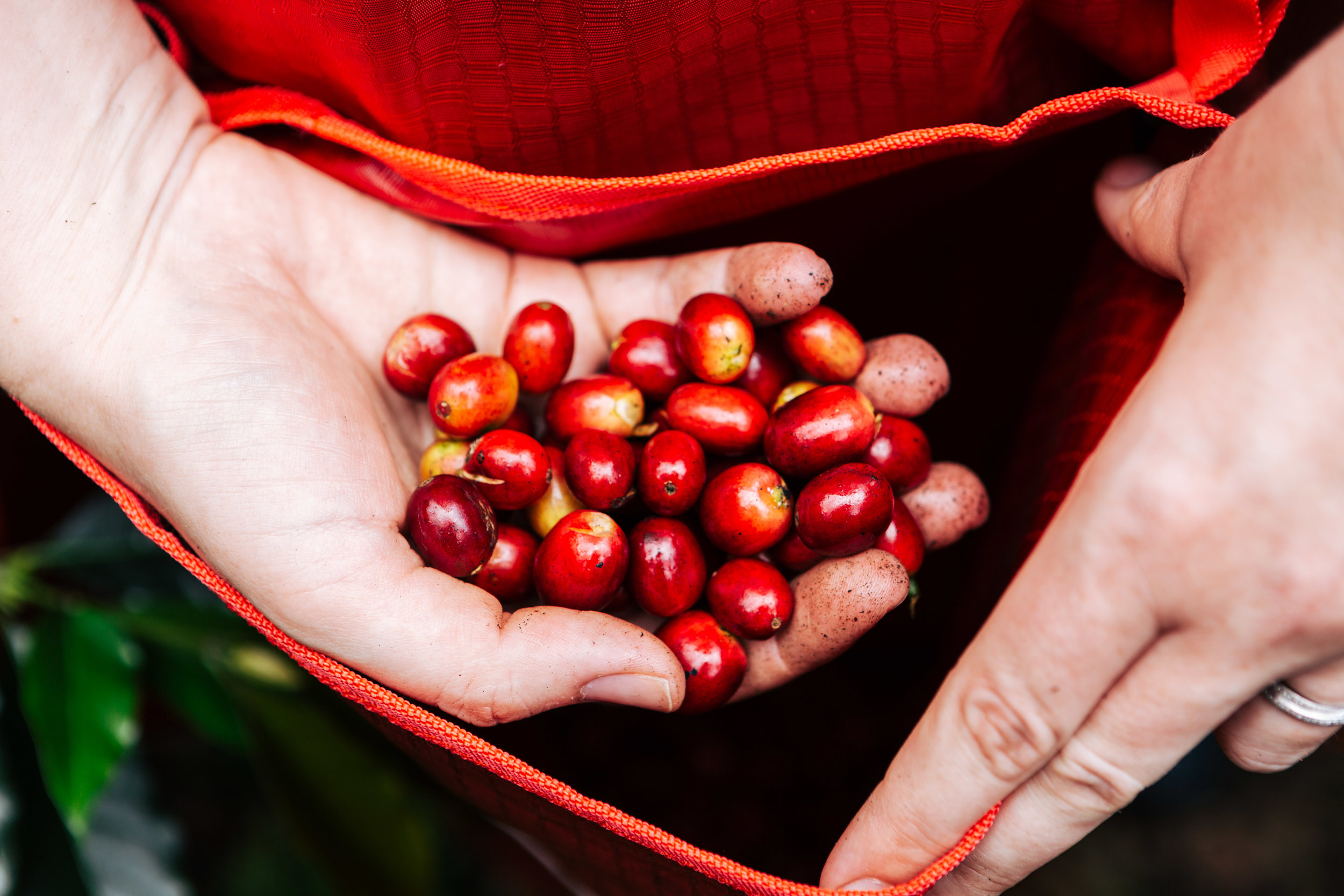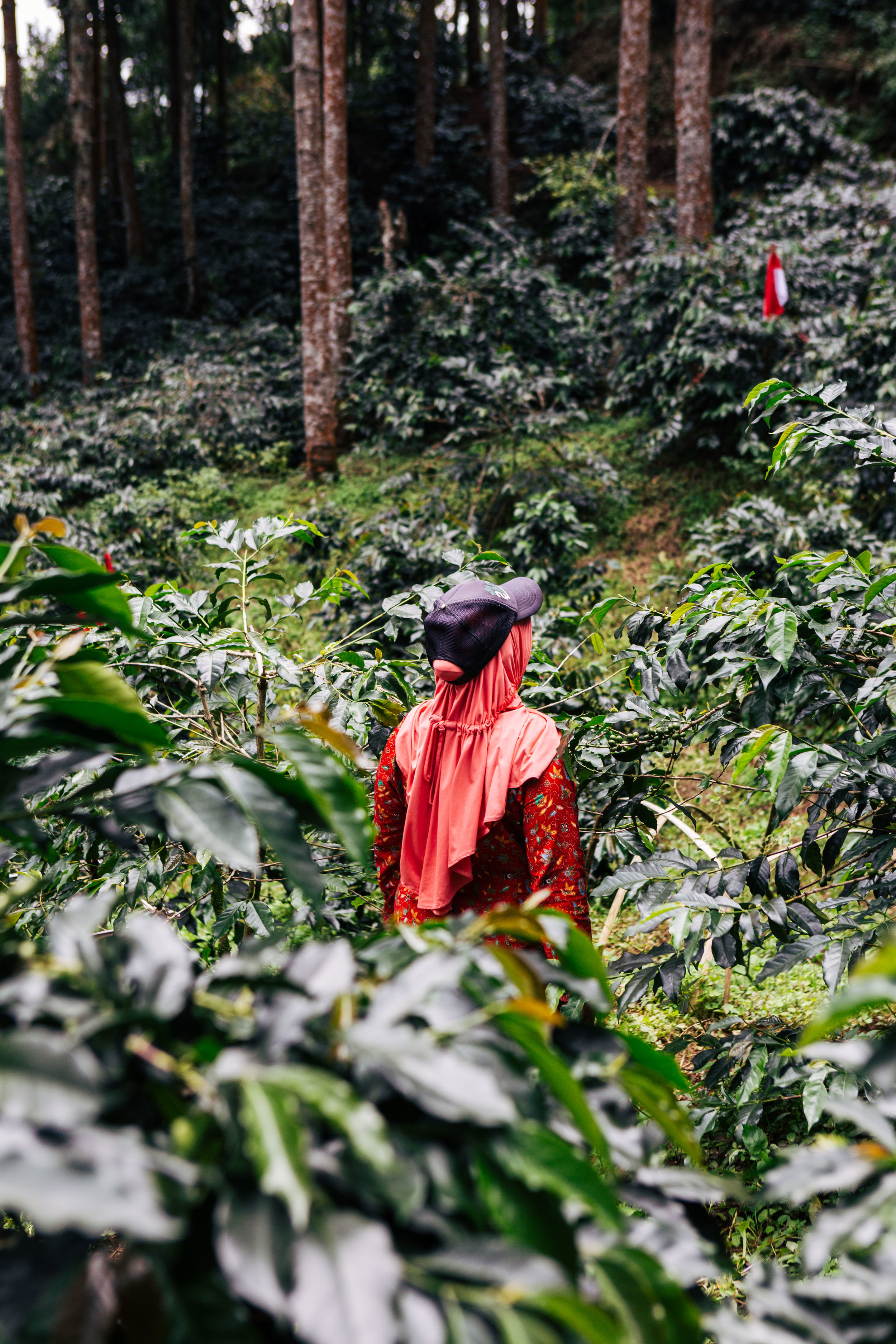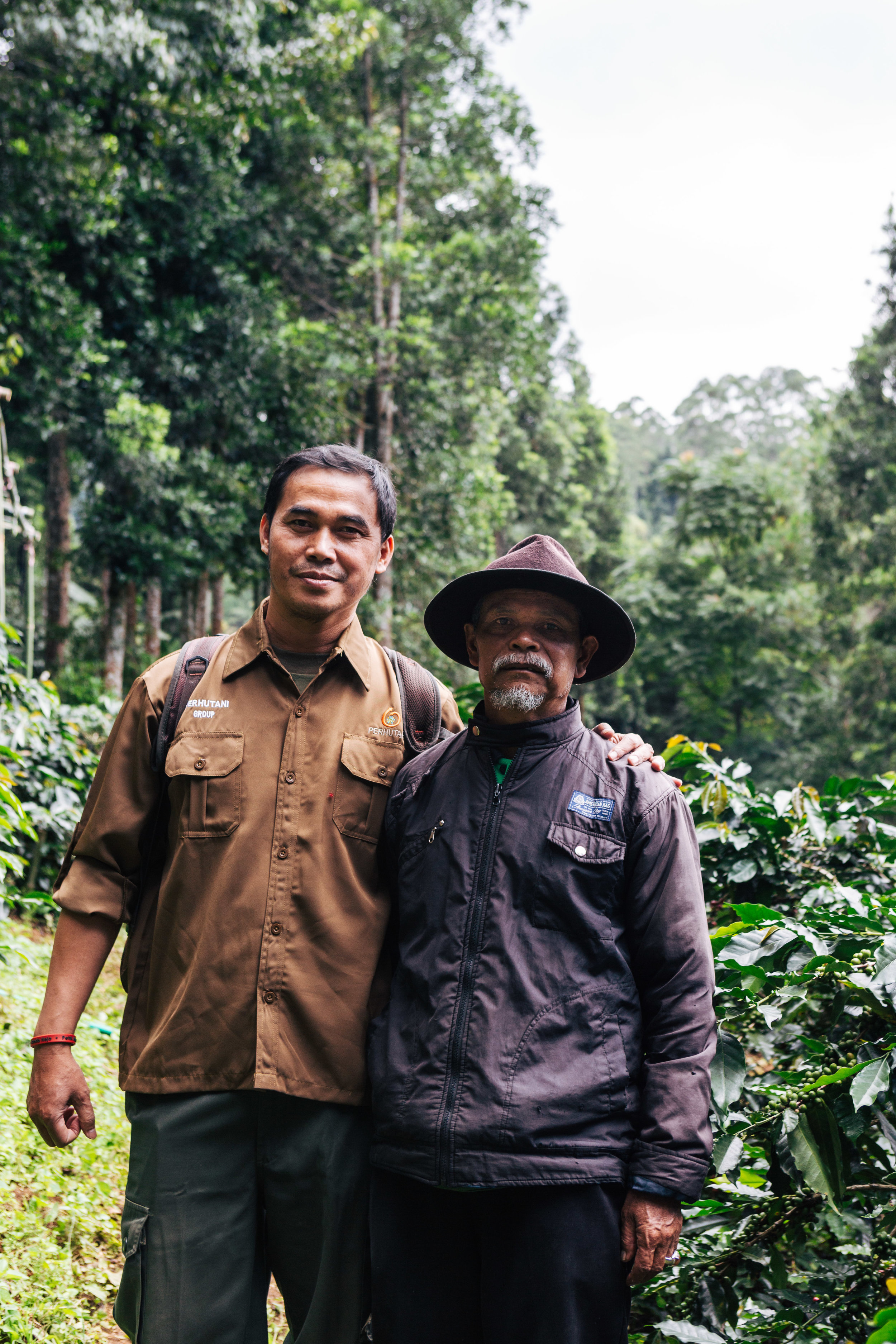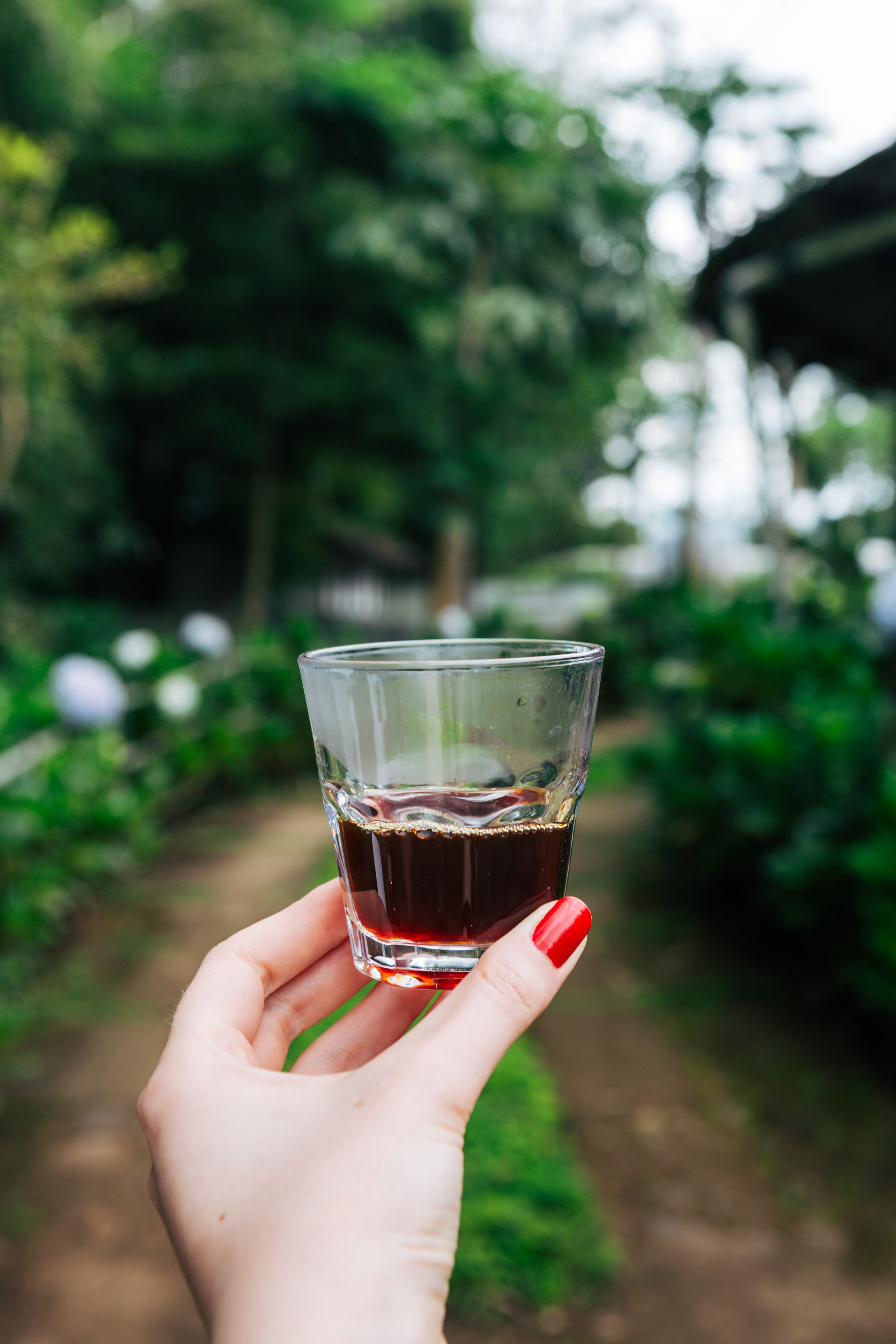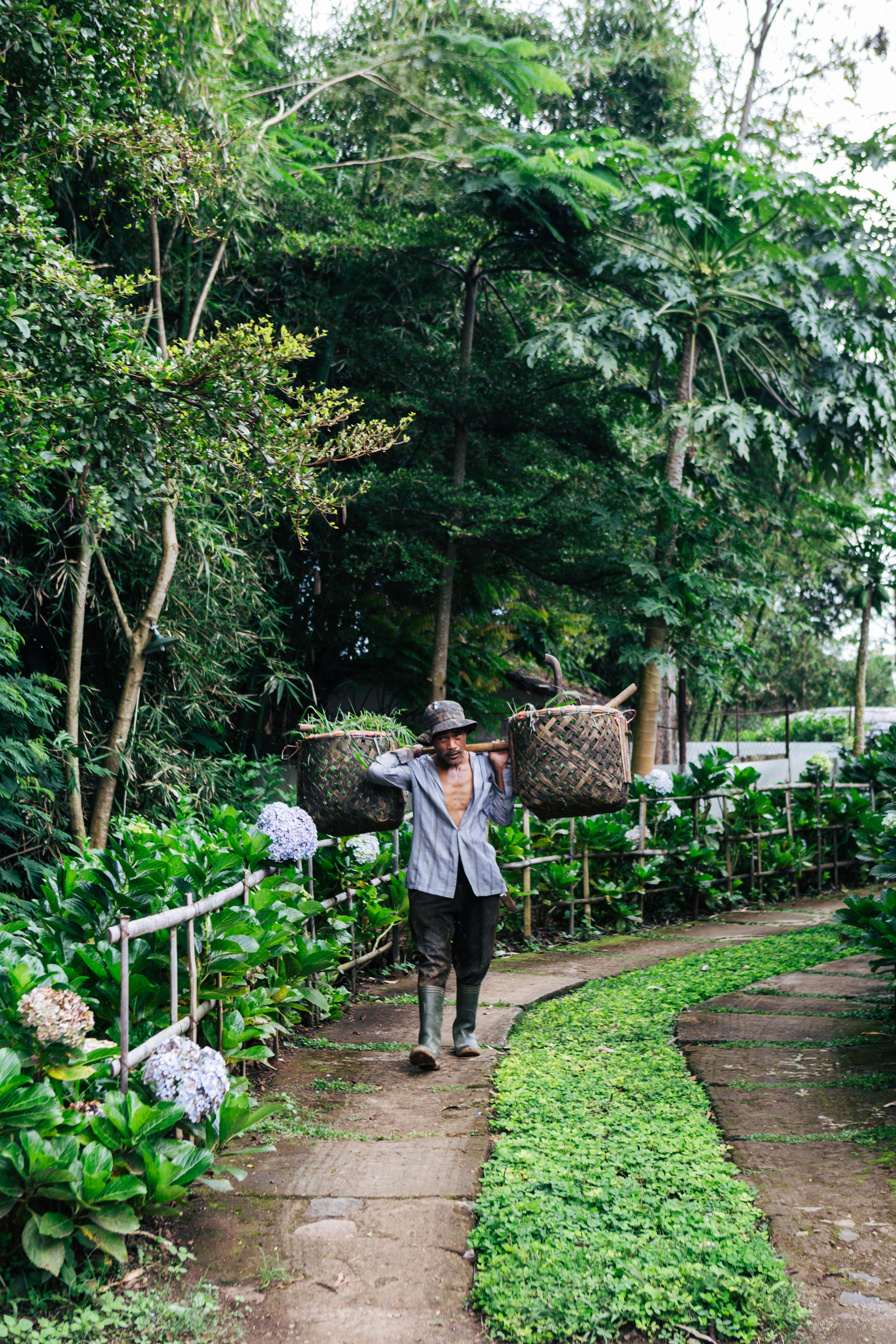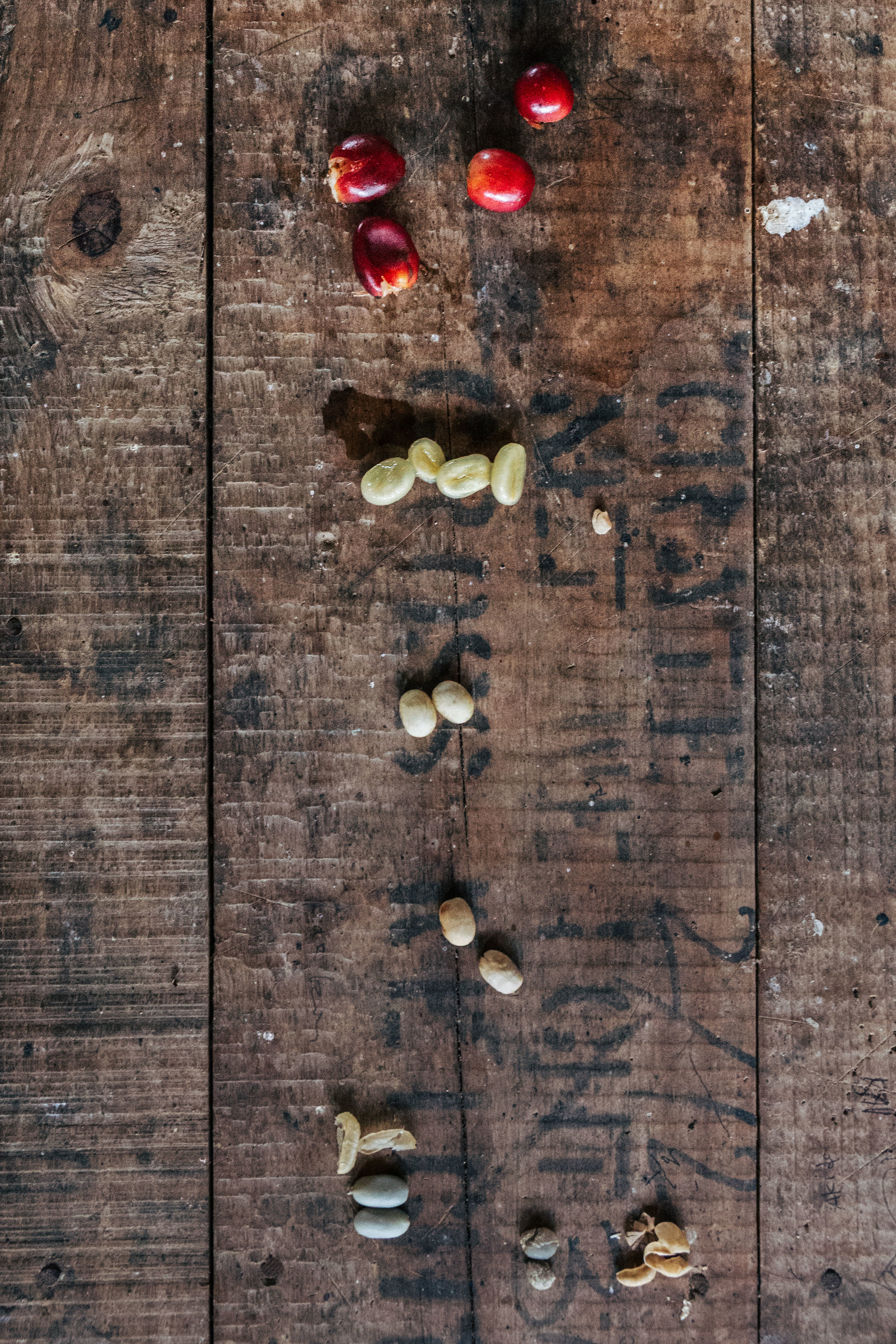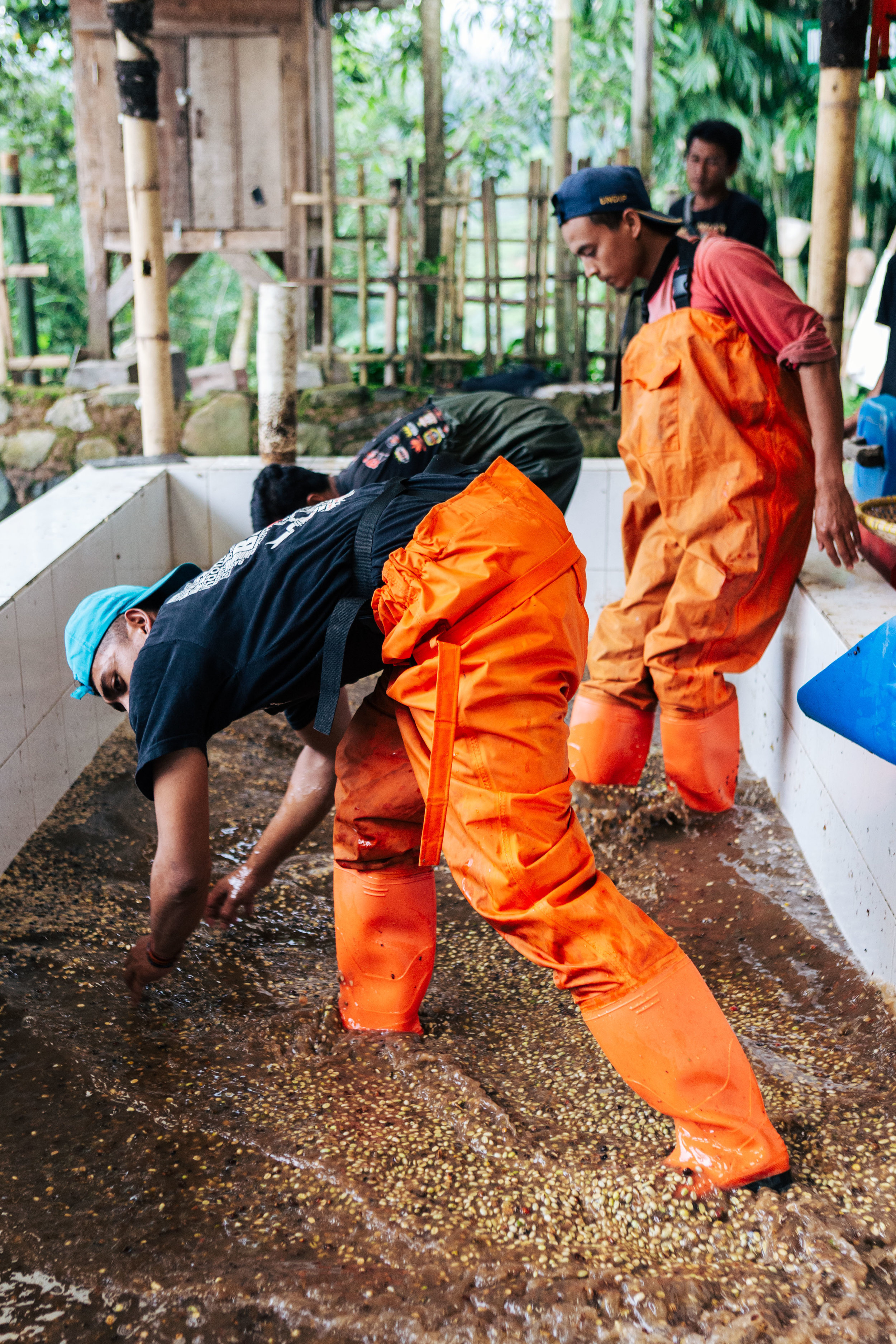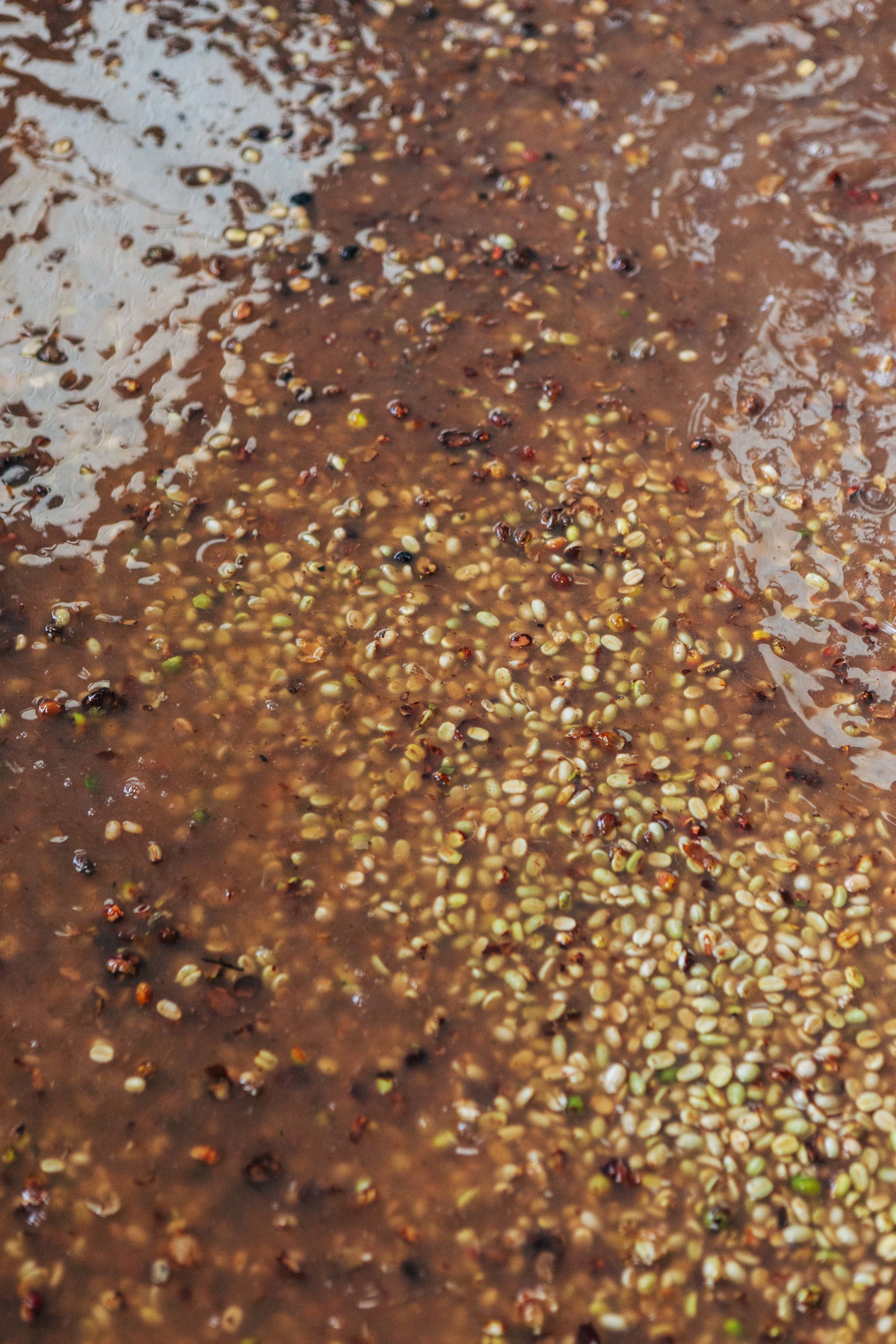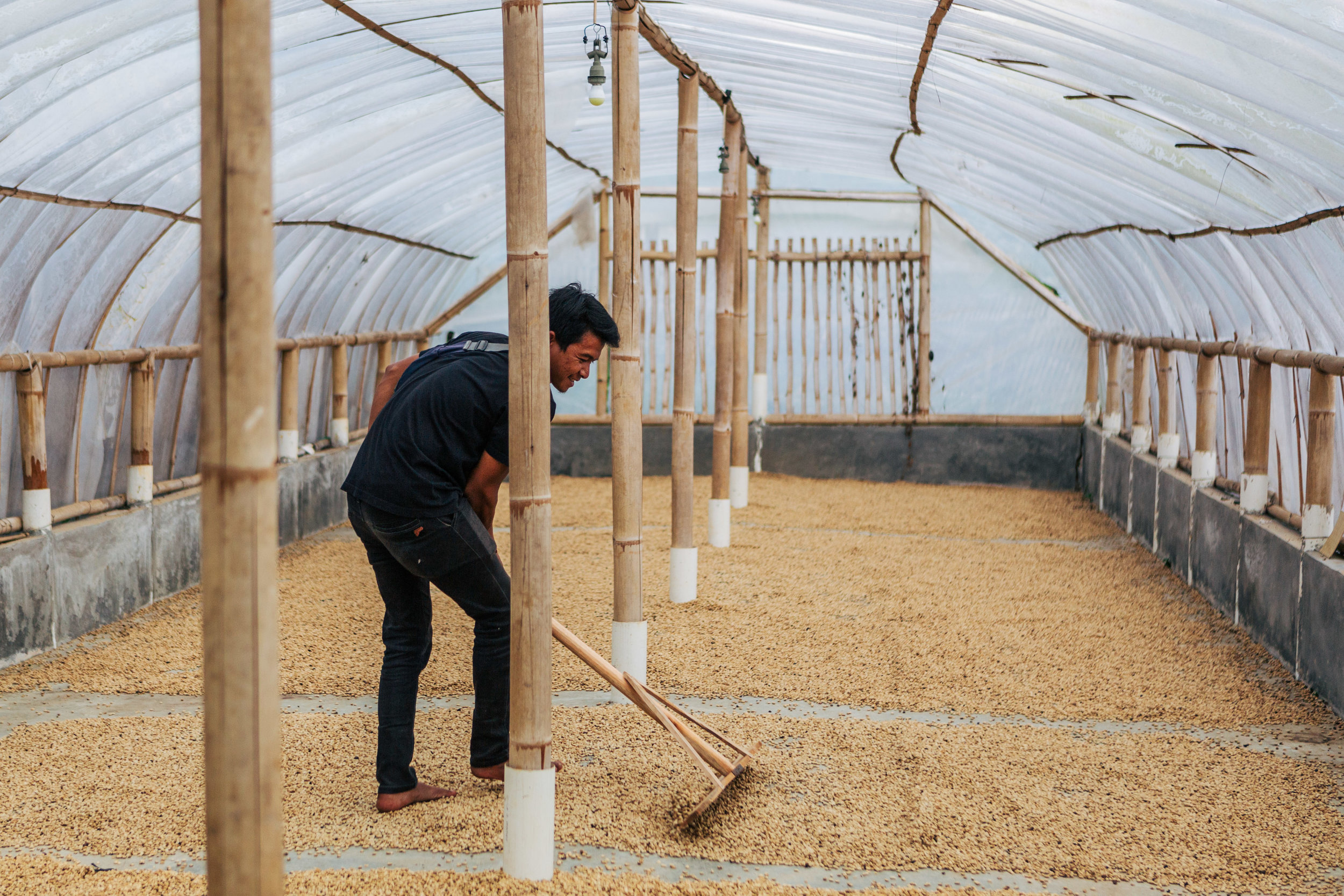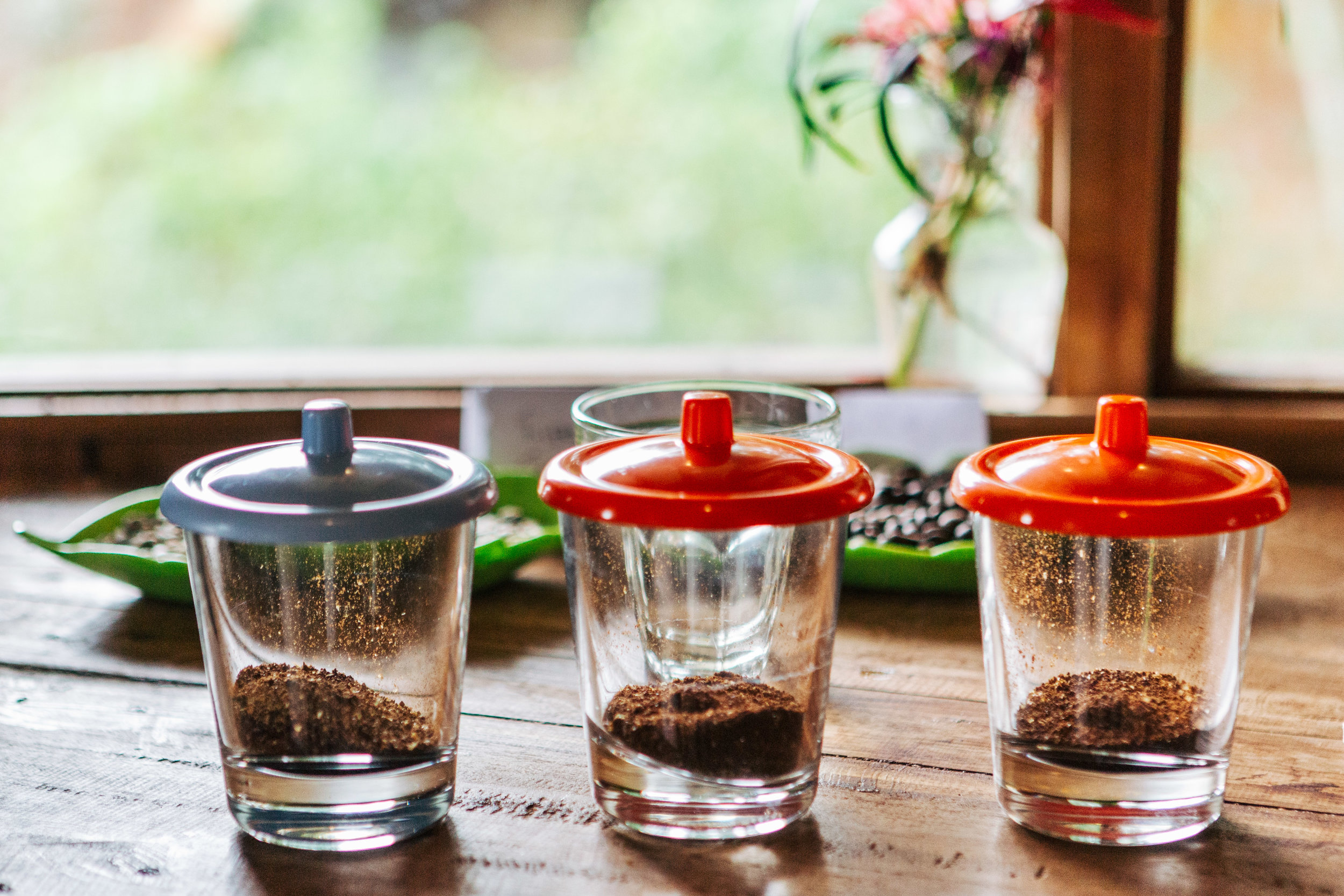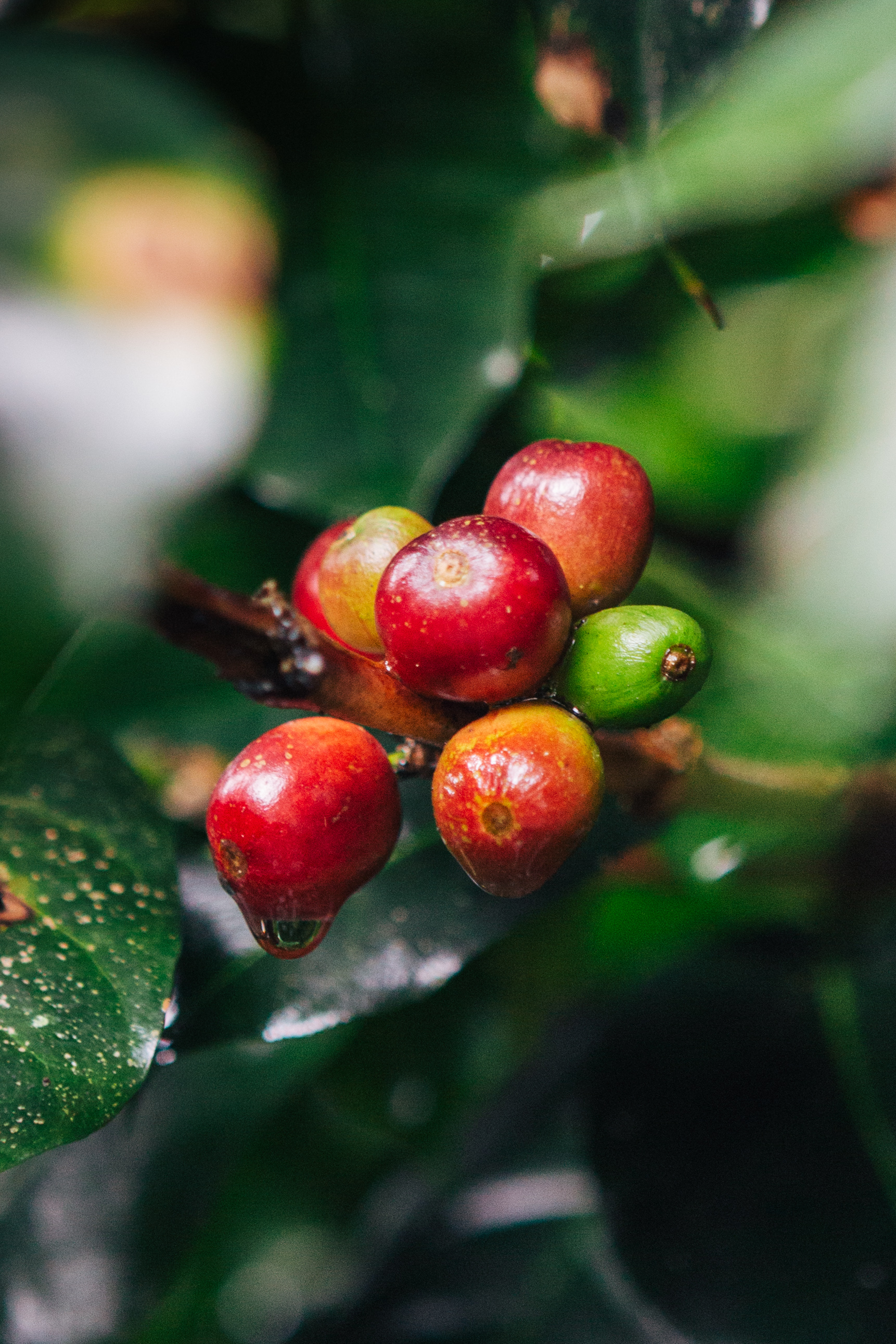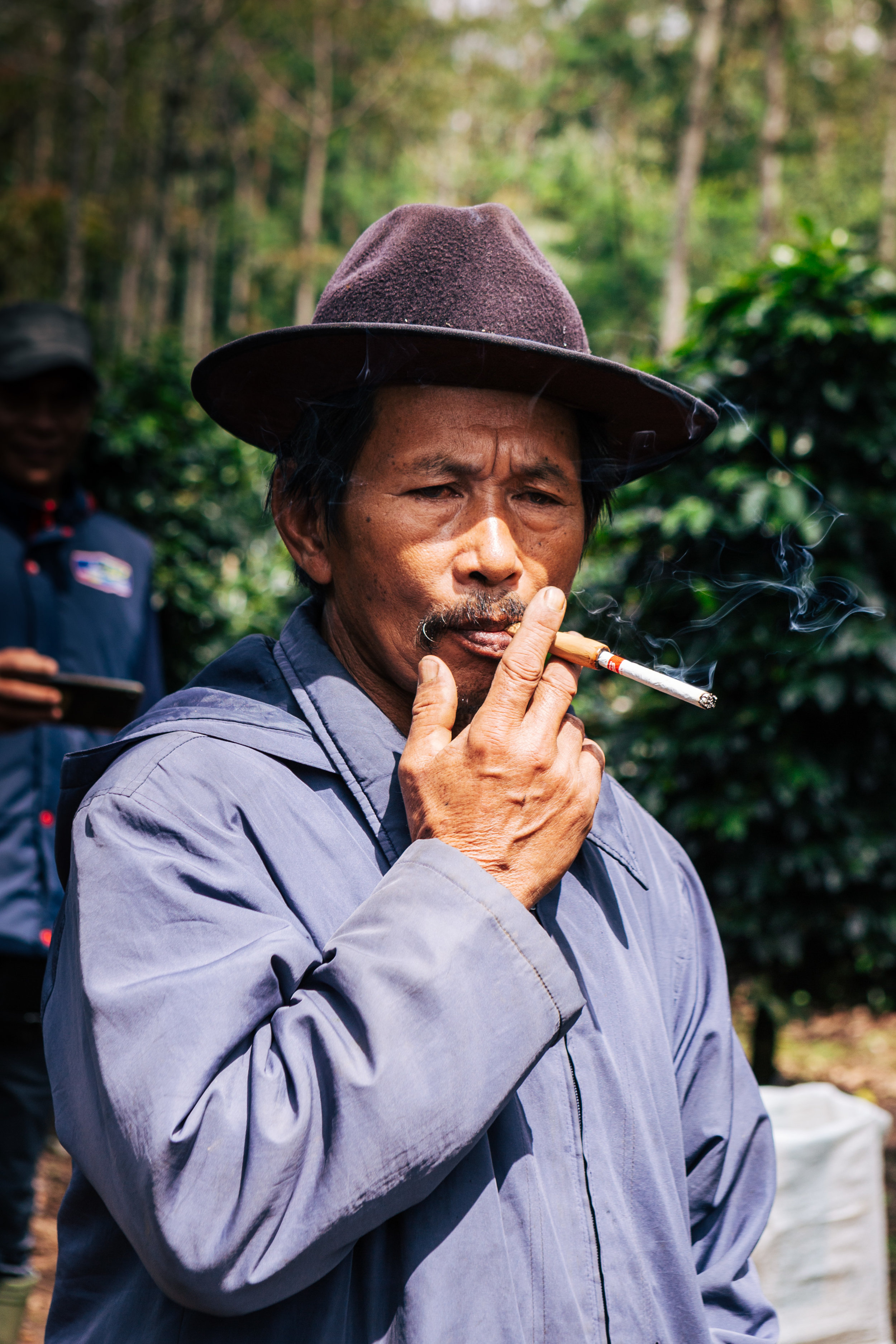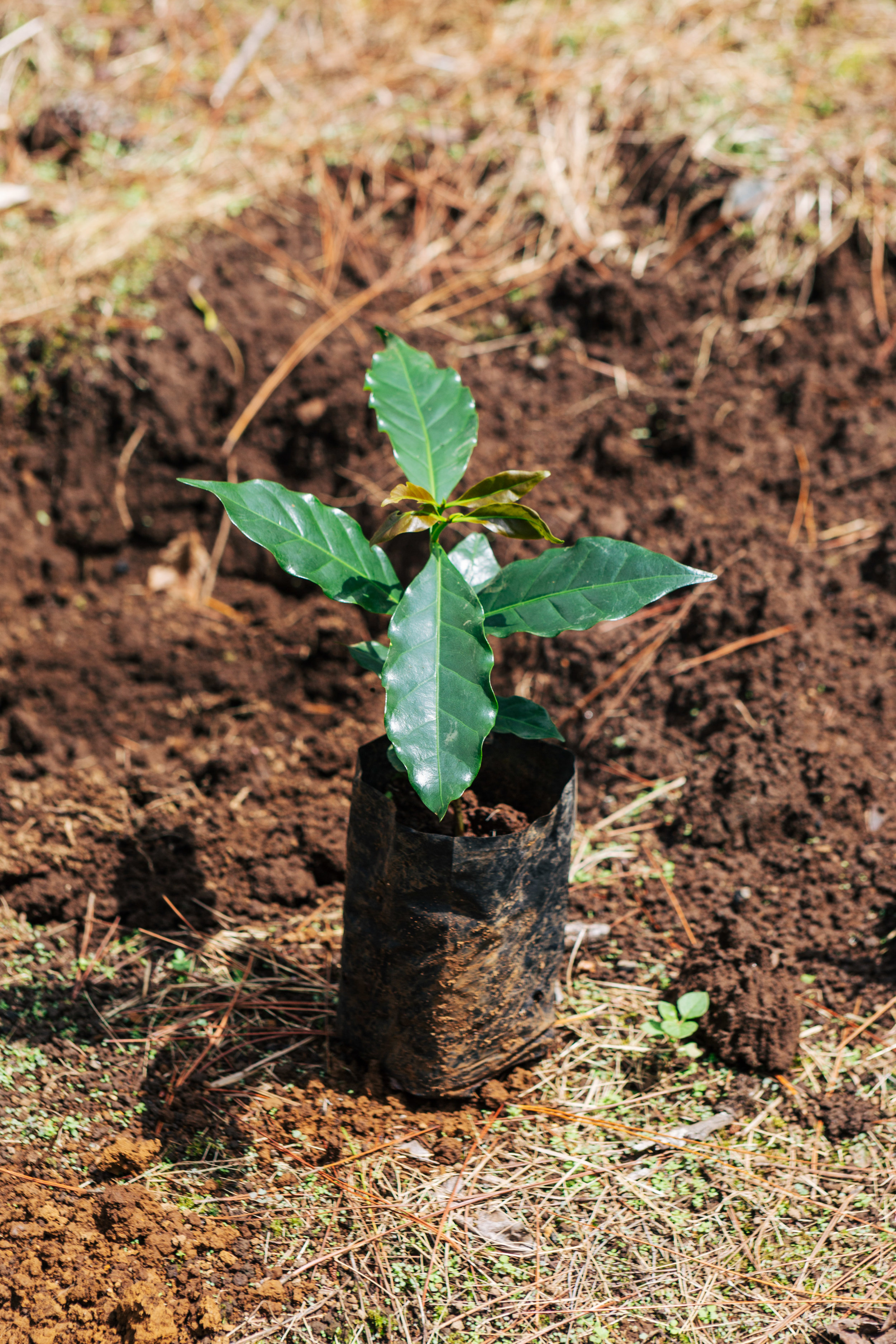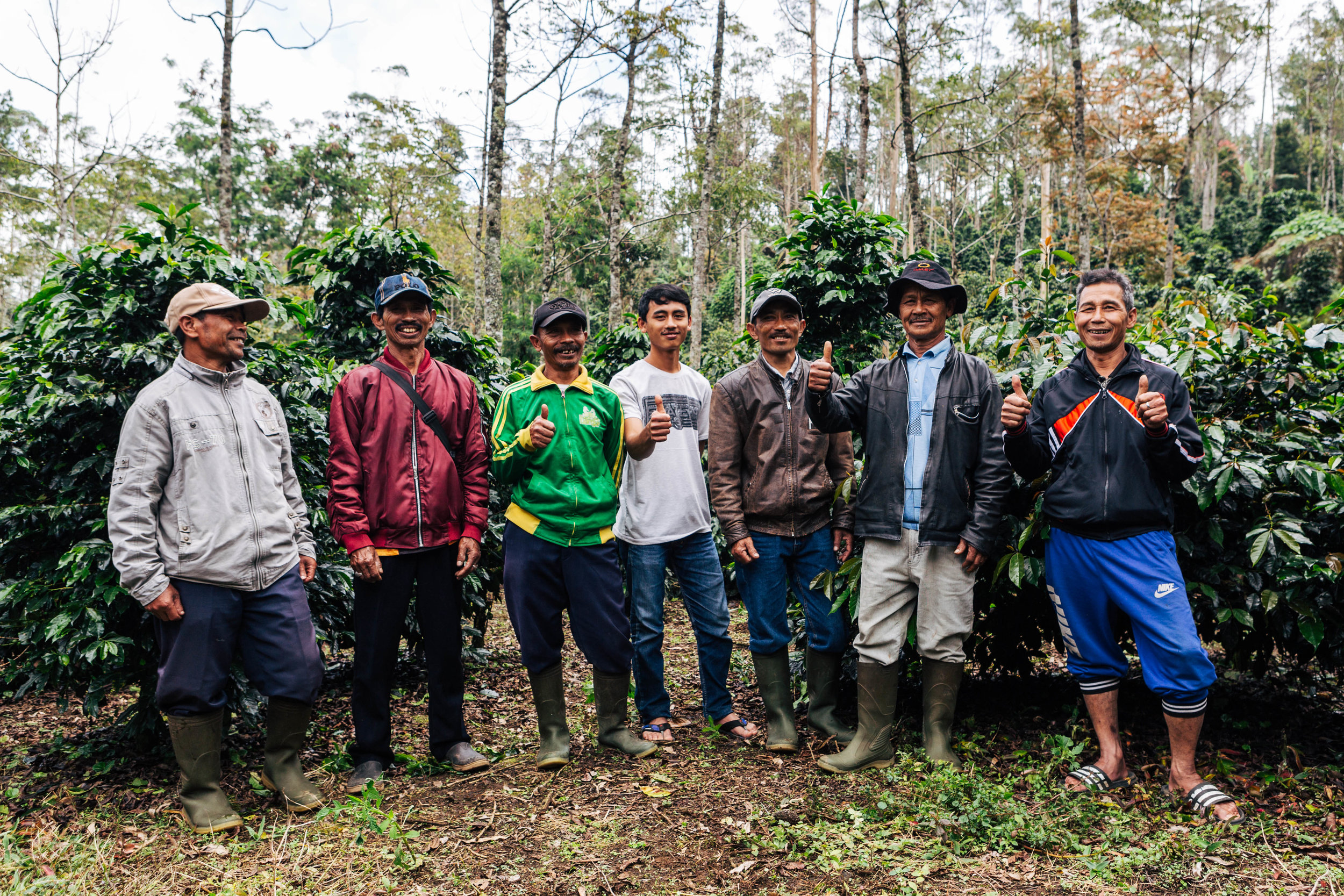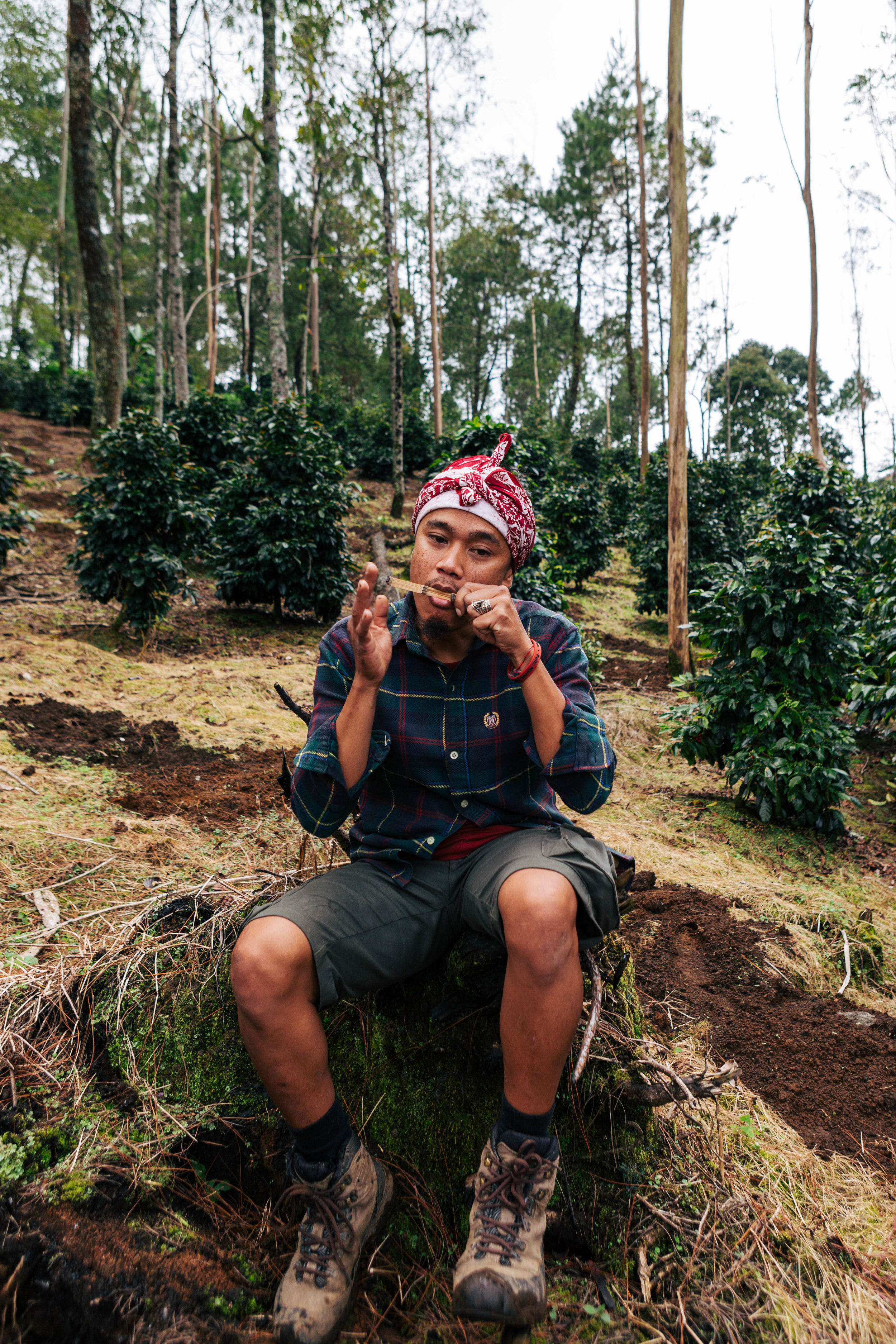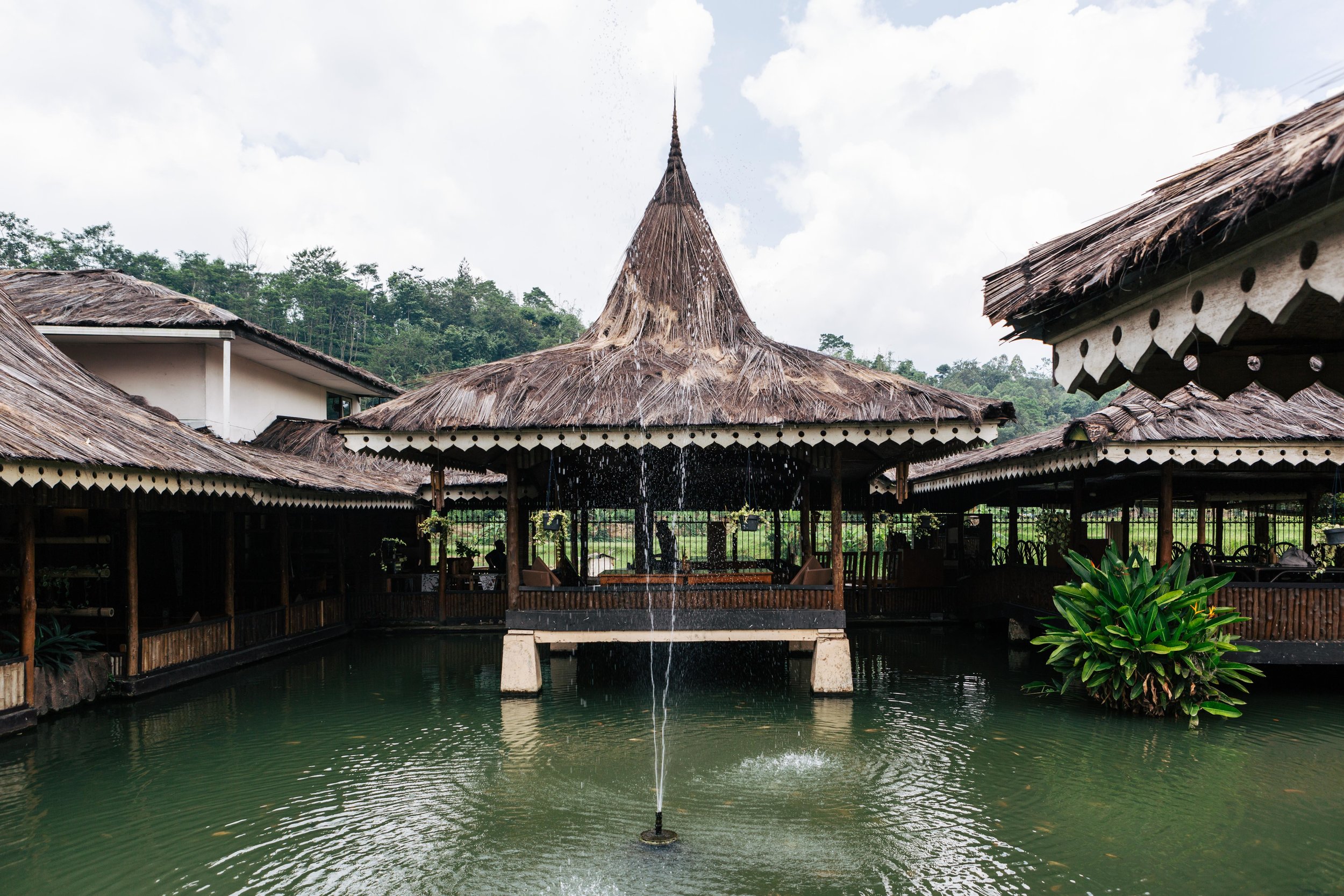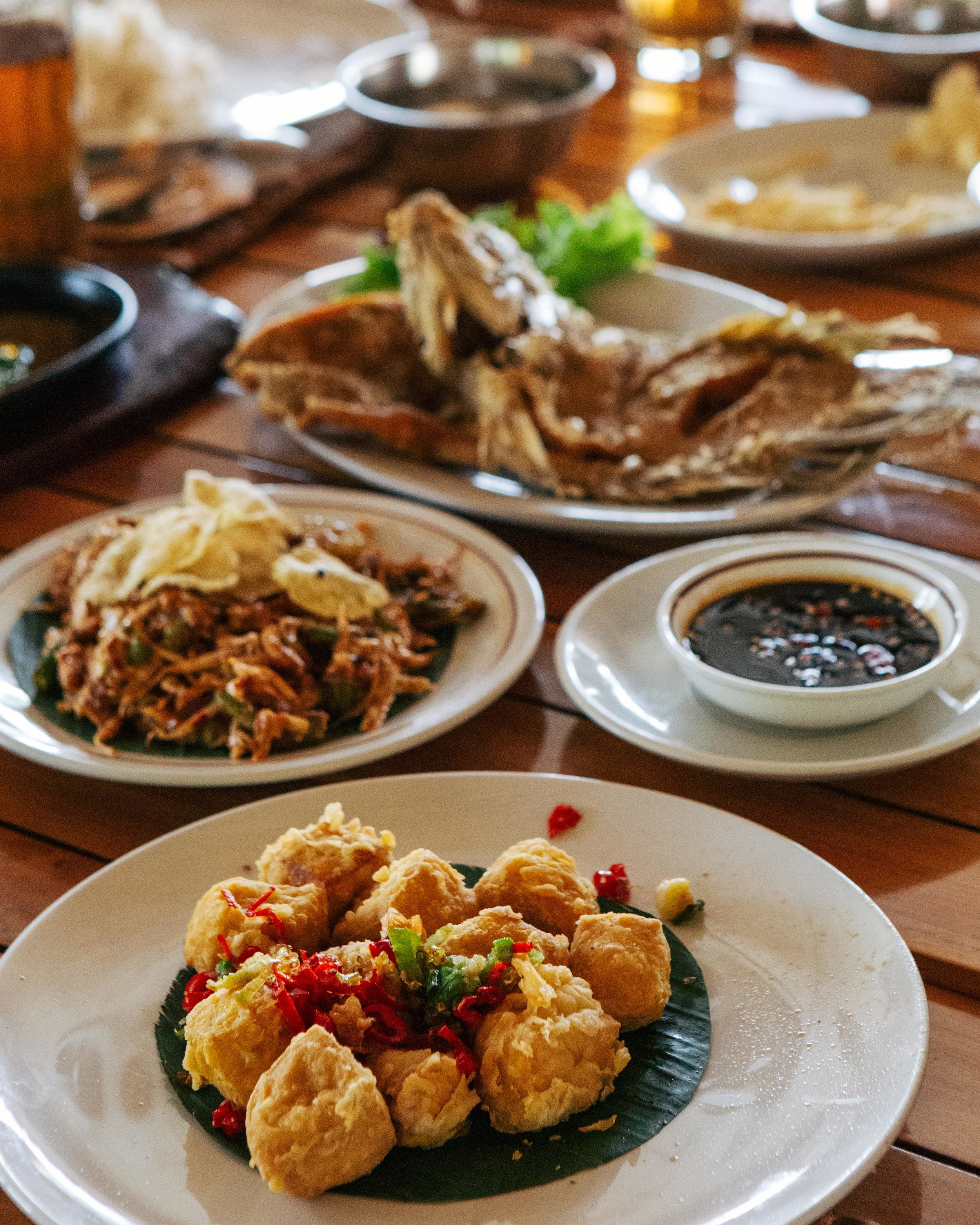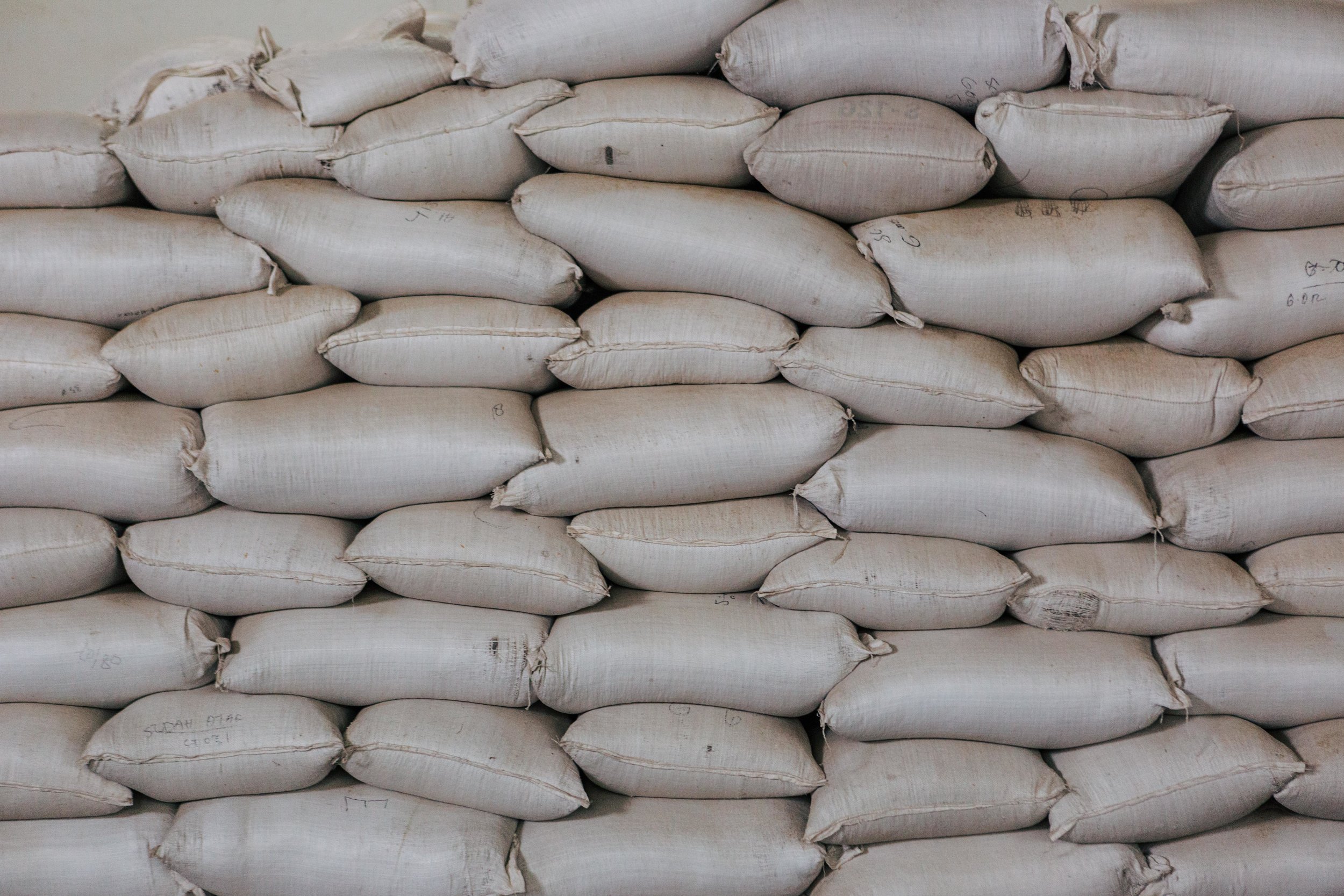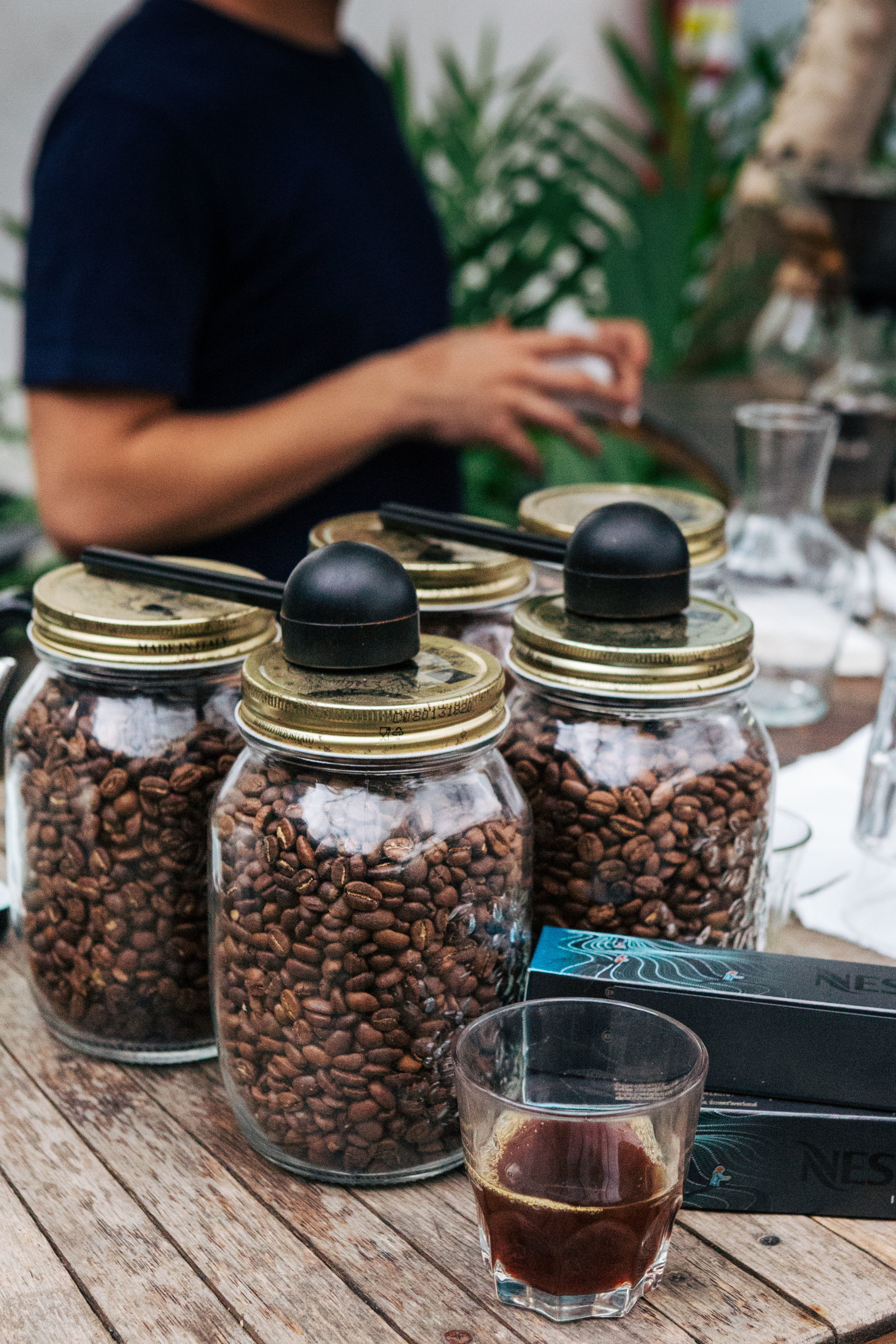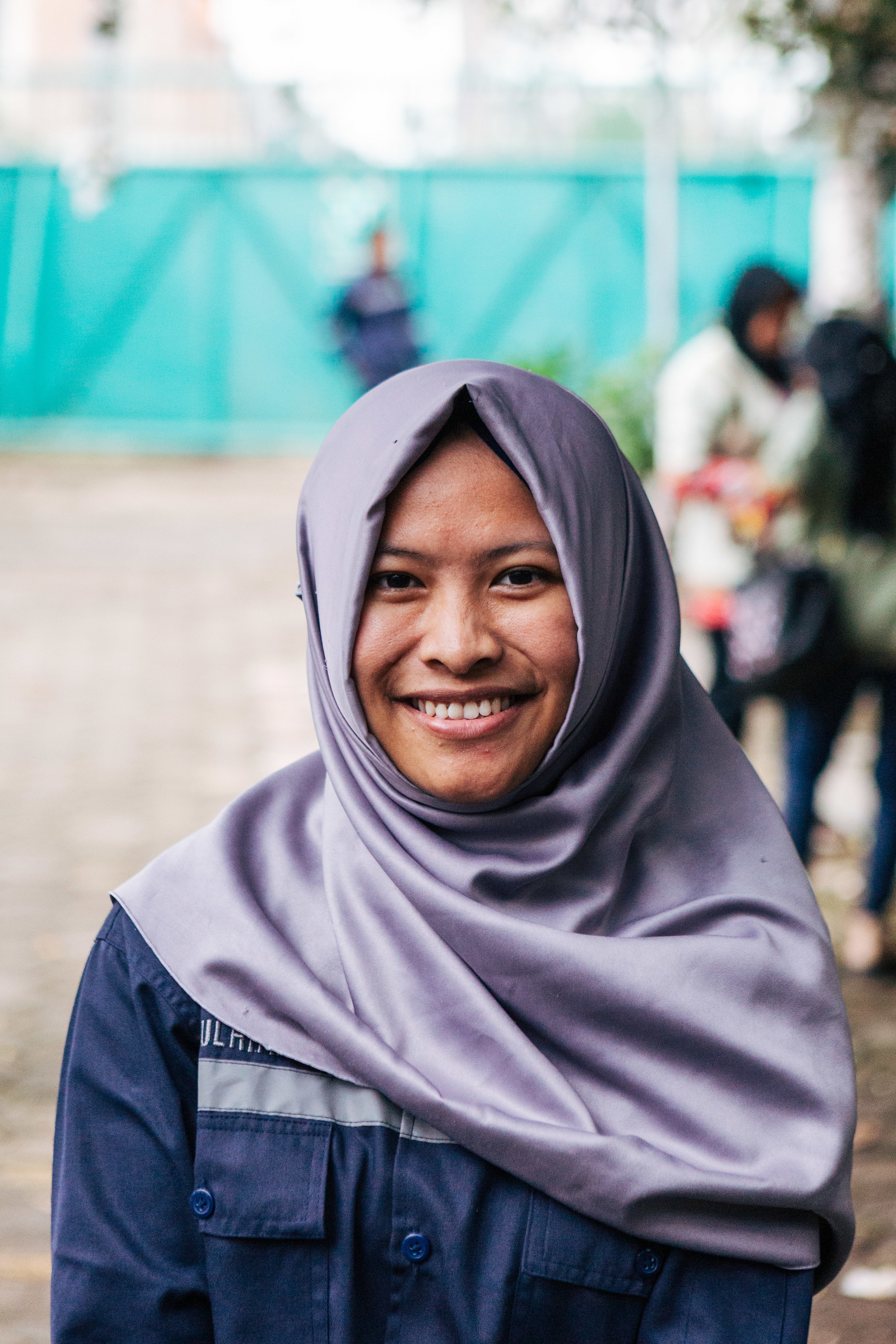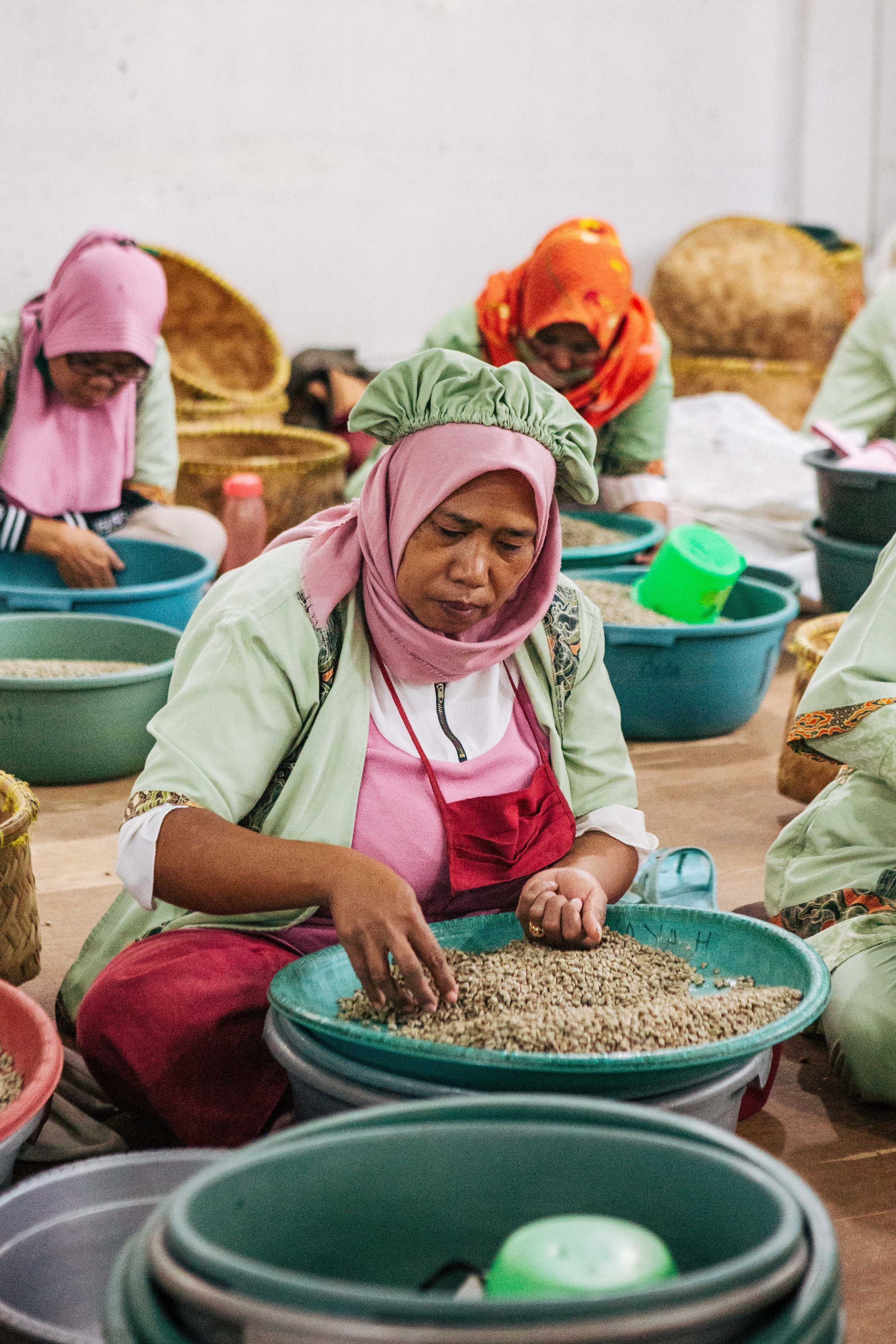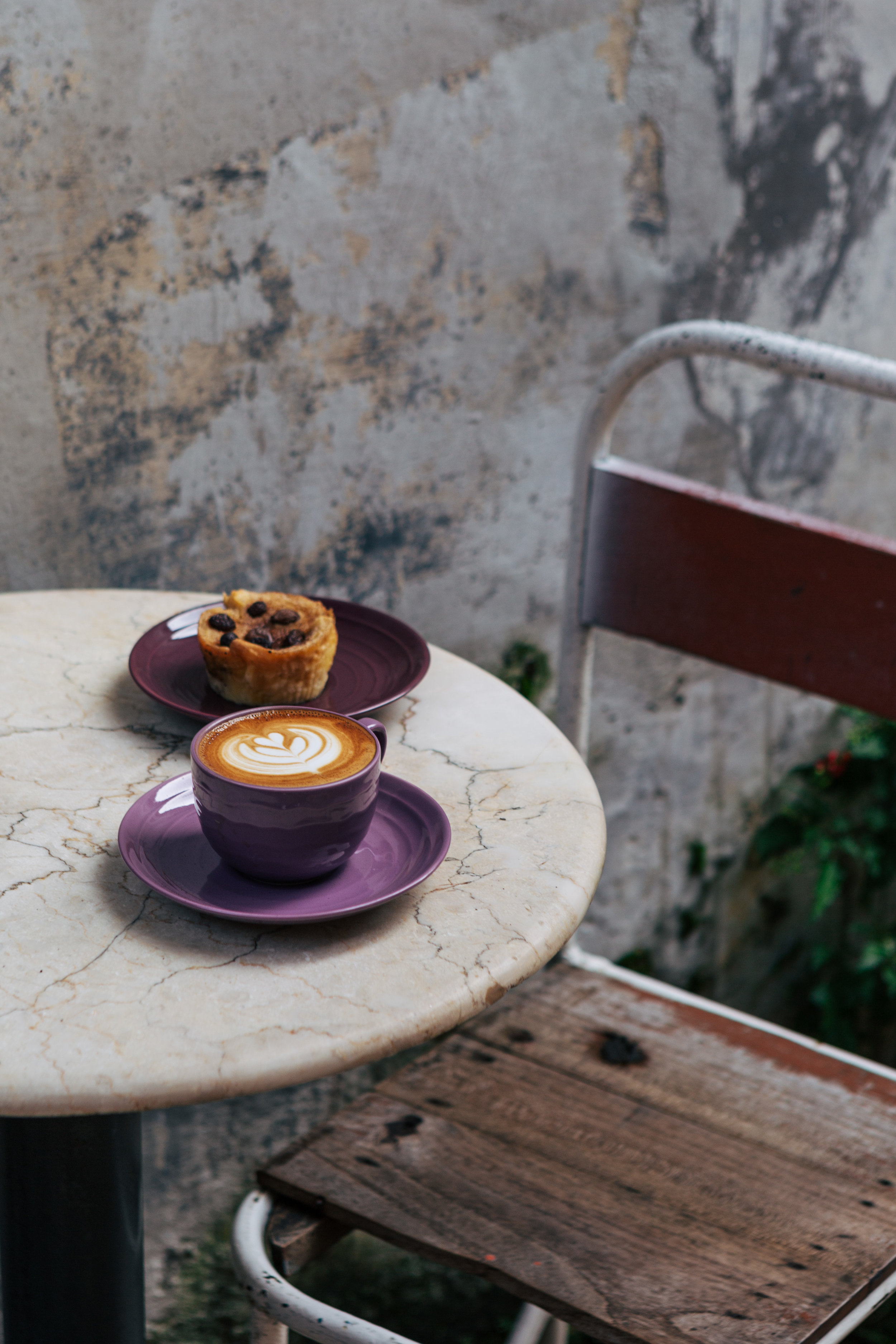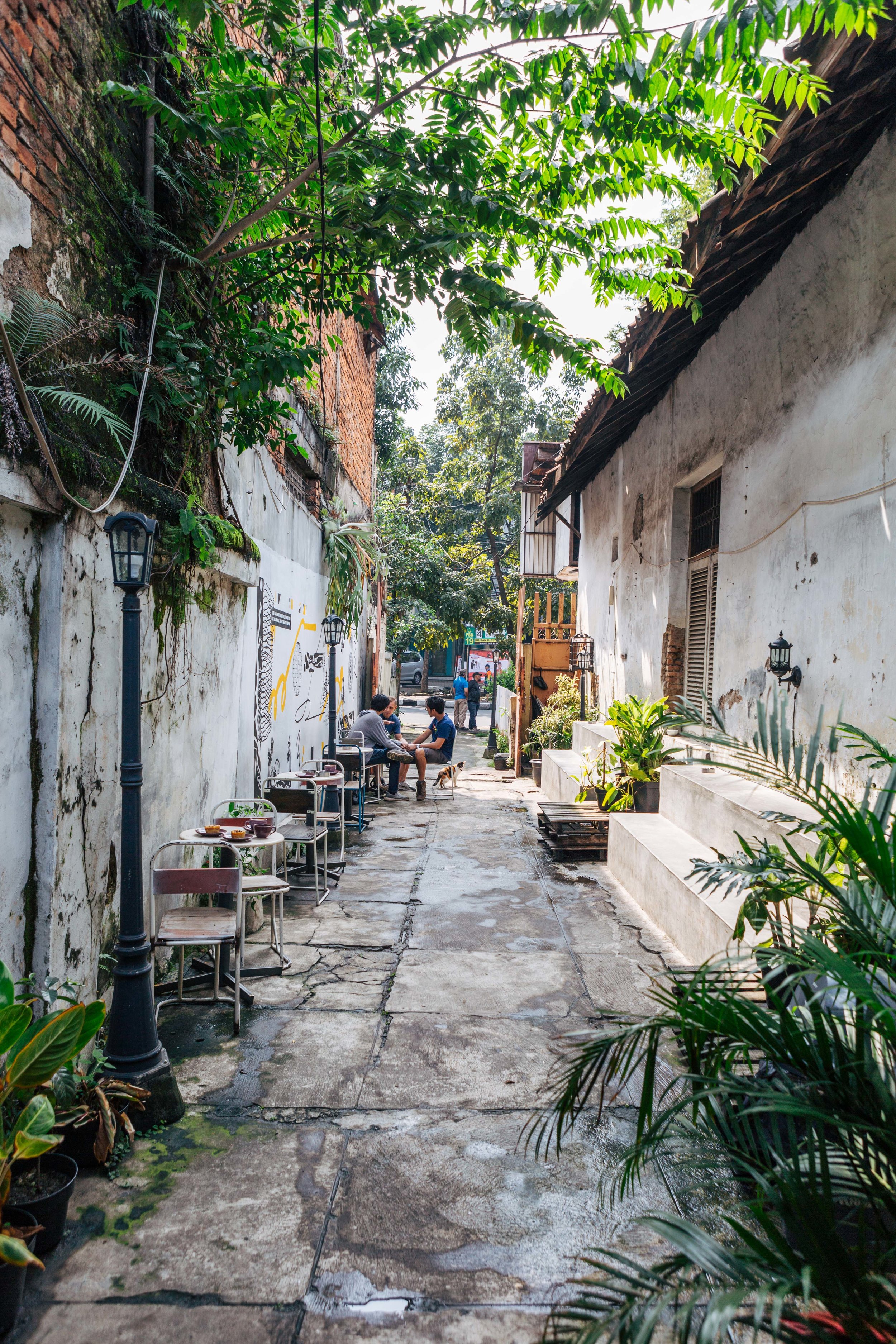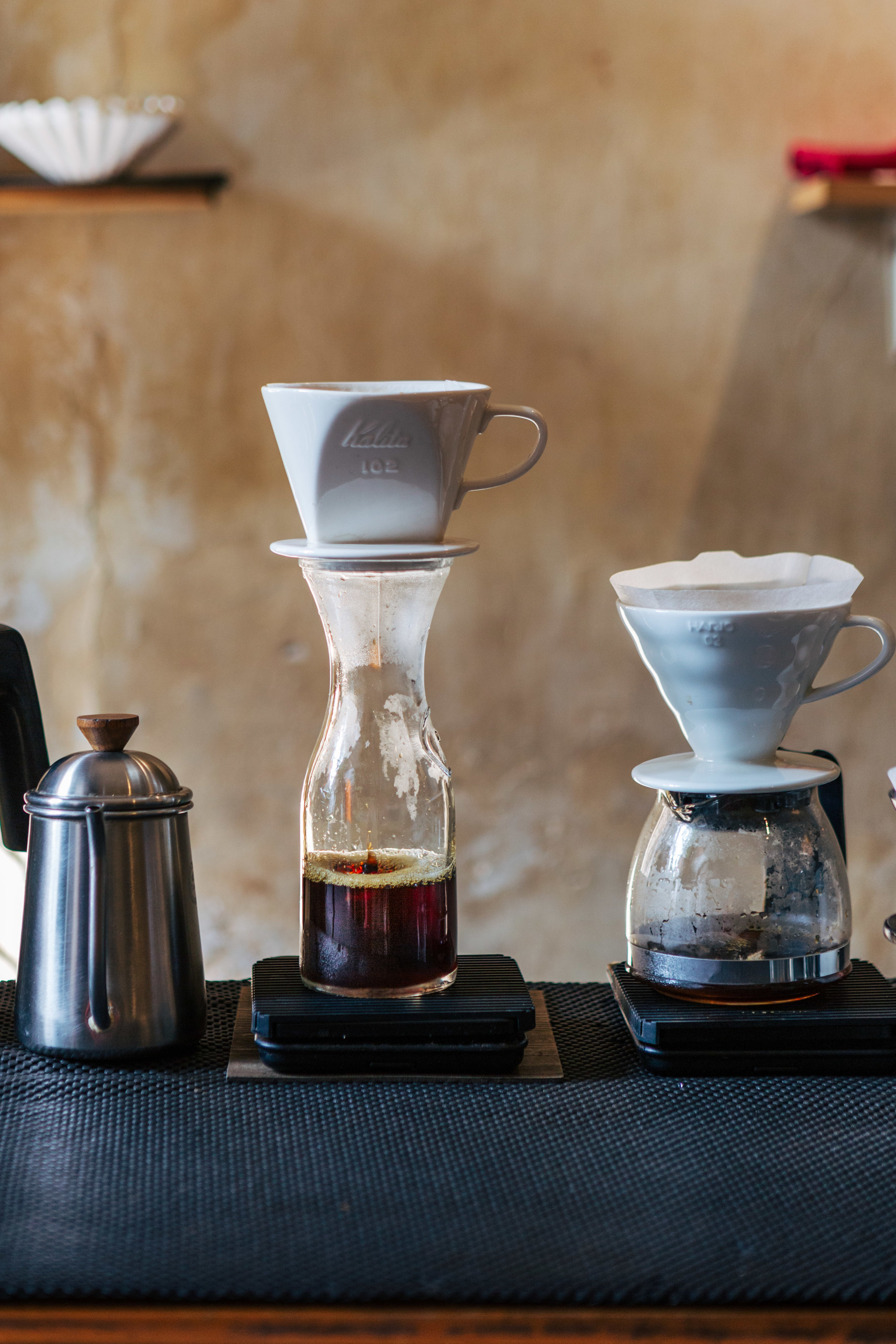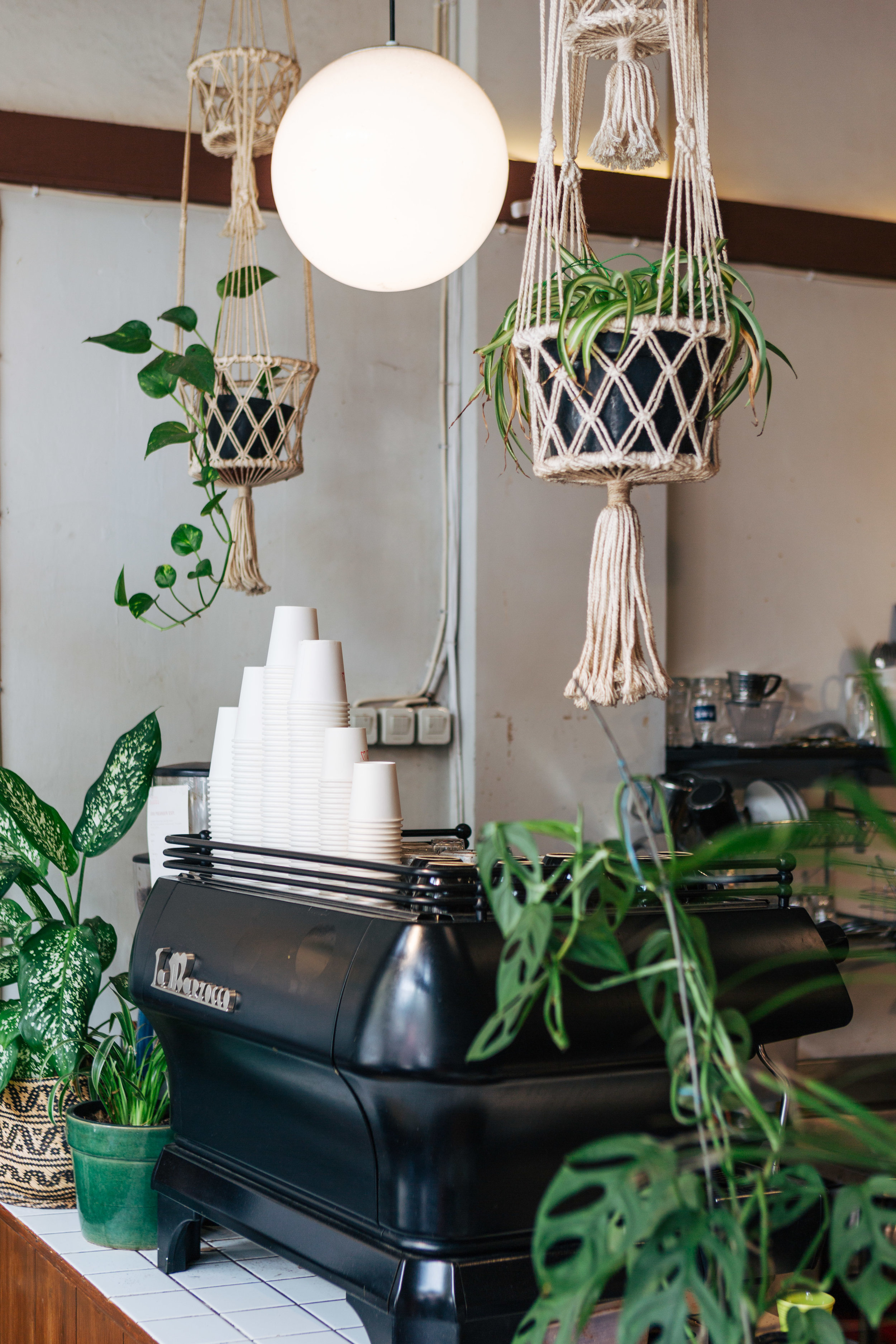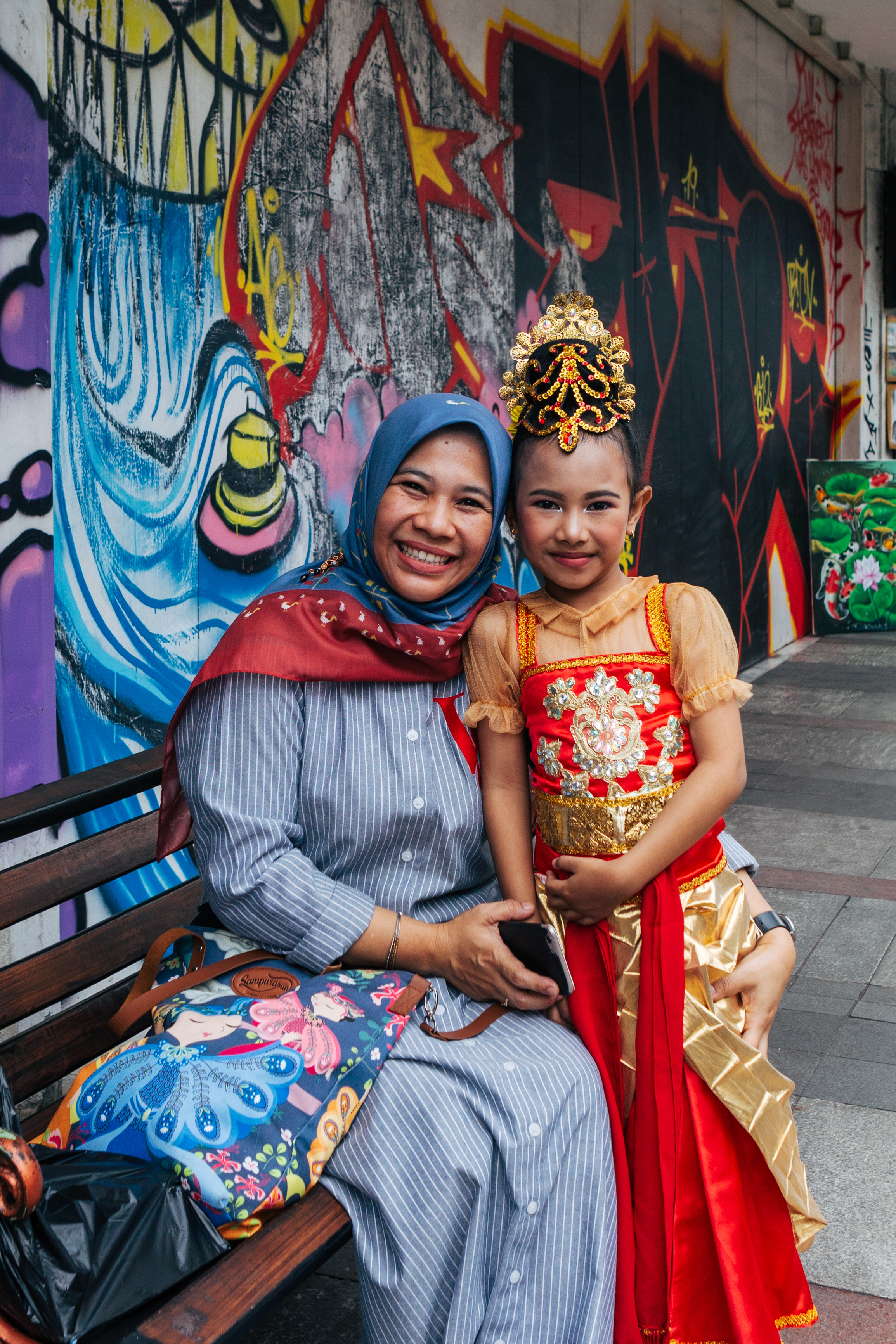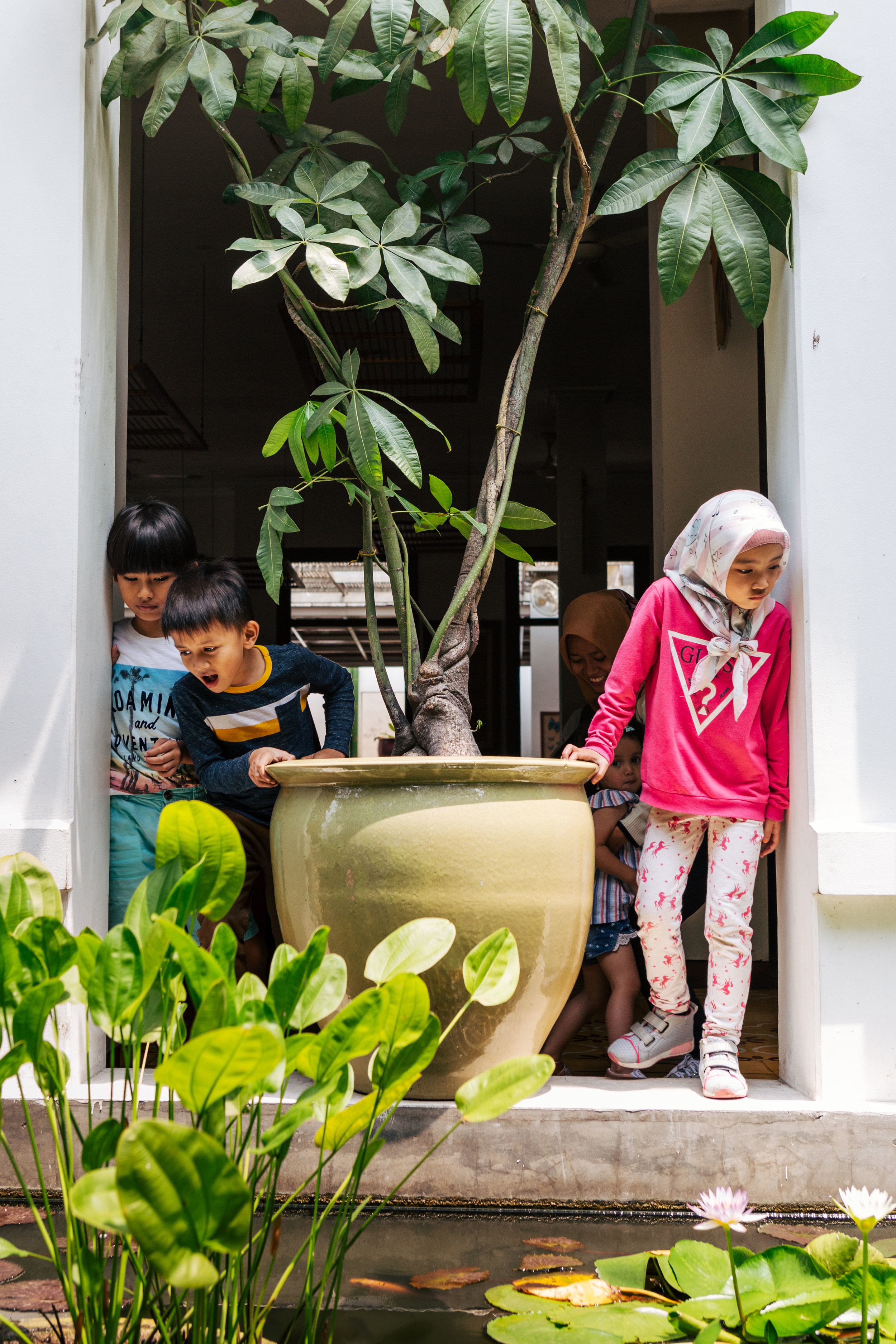Last month I travelled to Indonesia for the first time. It was also my first time at a coffee plantation which I dreamt of visiting for a long time.
As you might have seen on my Instagram, I’ve been working with Nespresso for a while, and I couldn’t have been more excited when they invited me to visit the coffee farms they work with in West Java as part of their AAA Sustainable Quality™ Programme, and to meet the coffee farmers.
I didn’t know much about coffee production before and seeing the whole process from bean to cup has made me more appreciative of my daily cup of coffee.
Did you know that Indonesia is currently number 4 coffee producer in the world? The country has a long history of growing coffee - the Dutch brought Arabica coffee plants to Indonesia in the 17th century. Unfortunately, in the end of the 19th century a huge portion of the coffee plants in the region contracted coffee rust, a fungus that spread very quickly and wiped out entire plantations, devastating the colonial Indonesian coffee industry.
Coffee farming is currently experiencing a new boom with many farmers switching from growing vegetables to coffee. Nespresso works with about 1000 farmers throughout the country, most of them are small holders with farms of up to 2,5 acres. Most coffee farmers here use traditional organic practices.
On the photo above you can see the difference between a tea plantation and a coffee plantation - while tea grows in the sun, coffee needs shade. When planting coffee trees, farmers also plant shade trees. Nespresso has helped the local farmer’s they work with to plant over 100,000 trees in Indonesia over the past 4 years.
The first coffee farm we visited has approximately 2,500 coffee trees. The coffee harvest usually starts in April. The ripe coffee cherries that are ready to be picked are red in colour. Most coffee cherries contain 2 beans.
We made a small contribution to the harvest and had a go at coffee picking ourselves.
The farmers were very friendly and even though they hardly spoke any English, we managed to communicate with just smiles and gestures.
After picking, we joined the farmers for a delicious homemade lunch.
After the coffee cherries are picked, they are brought to a wet mill where the pulp is separated from the beans, then the beans are washed and dried in the sun.
On the middle left image you can see the whole journey of a coffee bean - coffee cherries, wet beans, dry beans and green beans after the parchment covering them is removed. Only afterwards the beans are roasted.
The dry mill we visited is also a community centre. It was interesting to see that the farmers have no obligation to sell their beans to Nespresso, and are welcome to sell to whoever will pay them the most for their beans. The beans are sorted by hand and Nespresso only purchases the highest quality beans.
We did coffee cupping where we tried coffee made with underripe and overripe beans and saw how big the difference is!
The farmers offered us to try a traditional local dessert - sticky rice balls stuffed with palm sugar which were delicious.
On the second day in West Java we visited another coffee farm. The frees here are shared as Christmas trees, while the type of coffee is the same - arabica. Both arabica and robusta coffee trees grow in Indonesia but both farms we visited had only arabica plants.
We spent some time with the farmers to learn about their challenges and how Nespresso helps them with the AAA Sustainable Quality™ Programme, and took part in planting new coffee and shade trees. The farmers are encouraged to grow vegetables alongside the coffee plants to provide them with a steady food supply.
Below are some more photos and our delicious lunch from the day.
The next step in the coffee production process after the wet mill is the dry mill. This is where the parchment covering the beans is removed.
To meet Nespresso quality standards, the green beans are sorted by hand before being packed and sent to Switzerland for roasting and capsule production.
We met so many wonderful ladies working at the facility who showed us how to differentiate the good beans from the faulty ones.
On the third and last day of the trip we explored the vibrant coffee culture of Bandung.
Contou coffee shop
Cafe Jardin
This trip wouldn’t be complete without all the wonderful locals we’ve met. I really hope to return to Indonesia one day to explore the other sides of its culture.
In collaboration with Nespresso. All opinions are my own.


